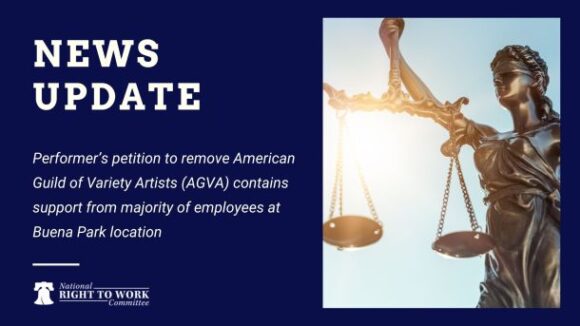In an analysis this week for the Daily Beast (see the link below), economic demographer Joel Kotkin deploys plenty of facts and figures to rebut the notion, still espoused by many journalists, planners and pundits, that “old-style, high-density” cities like New York, Boston, Chicago, San Francisco and Los Angeles (all located in Big Labor-dominated forced-unionism states) are the “wave of the future.”
In reality, Kotkin notes, over the past decade America’s fastest-growing cities include “Raleigh, Austin, Houston, San Antonio, Las Vegas, Orlando, Dallas-Fort Worth, Charlotte and Phoenix” (all located in Right to Work states) and other similar urban centers.
Snobbish “mainstream urbanists,” including rabid forced-unionism apologists like Salon contributor Michael Lind, try to dismiss the rapid growth of such Right to Work metropolises because it is based largely on their moderate cost of living.
But data cited by Kotkin show that Right to Work metropolises are attractive for a host of other reasons. Superior career opportunities as well as reasonable home prices make them magnets for college-educated migrants:
Houston, Charlotte, Raleigh, Las Vegas, Nashville, and San Antonio [all located in Right to Work states], for example, experienced increases in the number of college-educated residents of nearly 40 percent or more over the decade, roughly twice the level of growth as in “brain centers” such as Boston, San Francisco, San Jose (Silicon Valley), or Chicago [all located in forced-unionism states]. Atlanta [the capital of Right to Work Georgia], Houston, and Dallas each have added about 300,000 college grads in the past decade, more than greater Boston’s pickup of 240,000 or San Francisco’s 211,000. . . .
Kotkin concludes his analysis of why Houston, Charlotte, Las Vegas, Nashville et al are succeeding while economic activity in Boston, Chicago, San Francisco et al expands far more slowly with this observation:
These cities grow primarily because they do what cities were designed to do in the first place: help their residents achieve their aspirations—and that’s why they keep getting bigger and more consequential, in spite of the planners who keep ignoring or deploring their ascendance.
America’s Real Urban Revival


